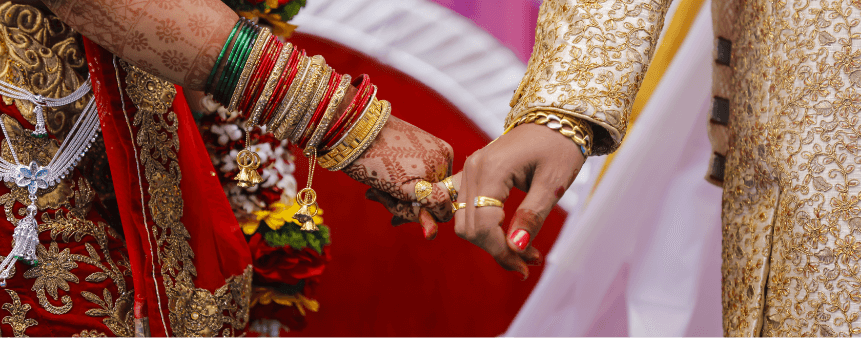Talk to India's best Astrologers
First Consultation at ₹1 only
Login
Enter your mobile number
Vedic Mantra, derived from the Sanskrit word "mantram," is a sacred word or a group of words with deep spiritual significance. It is believed to have originated in ancient India, where it was used as a tool for meditation, prayer, and spiritual transformation. Read more to understand the mantra meaning, significance and benefits.
Mantras hold great significance in Hinduism. These sacred chants are believed to affect the mind, body, and spirit greatly. They serve as powerful tools for meditation, helping in the development of mindfulness and self-awareness.
In astrology, Mantras are sacred sounds, words, or phrases that are chanted or repeated in a rhythmic manner. They are closely related to astrology because they are believed to hold the energy of specific planets and Gods and influence their astrological aspects.
The spiritual significance of mantras lies in their ability to enhance thinking and tap into the deeper layers of our being. When we chant or recite the most powerful vedic mantra, the vibrational energy it creates within us and affects our spiritual well-being.
Numbers play a significant role in Vedic Mantras, serving as a crucial aspect of their practice and effectiveness. The repetition of specific numbers, such as chanting 108, 21, or 10,000 times, holds symbolic significance that enhances the spiritual experience.
Chanting mantra is considered to be a practice that can spiritually, physically, and mentally help a person. However, it is important to chant a mantra correctly. Let us look at the ways in which one can chant the most powerful mantras ideally.
Vedic Mantra chanting is a practice that involves the repetition of sacred words, phrases, or sounds. Mantra siddhi in astrology are believed to be powerful tools for focusing the mind, invoking divine energies, and attaining spiritual or worldly goals. Mantra serves multiple purposes.,
Chanting mantras can be a powerful practice. It's important to approach it with devotion and intention. The ideal way to chant the mantra is as follows:
It is essential to note that chanting a mantra does not bring sudden benefits. It takes time and complete devotion for the mantra to benefit a person’s life.
We all know that chanting mantras come with several benefits. The benefits can be experienced on multiple levels, including physical, spiritual, and astrological aspects. Here are five key benefits:
Chanting the most powerful mantra cure for all problems can help induce a state of deep relaxation, reduce stress, and promote overall well-being. This can also be achieved by writing, which is one of the most important benefits of writing mantras.
The repetition of mantras can enhance mental clarity, sharpen focus and improve concentration and focus.
A mantra for happiness can balance the body's energy centres, promoting a sense of liveliness and renewal.
Chanting often involves controlled breathing patterns, which can help regulate the breath, improve lung capacity, and promote better oxygenation of the body.
Mantras are powerful tools to relax the mind during meditation, facilitating a deeper spiritual experience and connection. This can also be done by writing the mantra in english or Sanskrit.
Vedic mantra can heighten self-awareness and mindfulness, fostering a sense of inner presence and spiritual growth.
Chanting real mantram are considered sacred sounds that resonate with higher realms, allowing people to align with their consciousness.
Mantras for good health and long life can release emotional blockages, allowing the healing of past traumas and helping emotional well-being.
In Vedic astrology, the powerful Sanskrit Mantras associated with planets can help balance and align the energies of their respective planets, reducing any negative astrological influences.
The mantras associated with planetary energies can positively affect an individual's life and promote success, abundance, and harmonious relationships.
The mantras of planets can be used as remedies to balance planetary doshas or imbalances, helping to relieve any challenges or obstacles.
Chanting Mantras associated with deities can also help a person seek their blessings.
